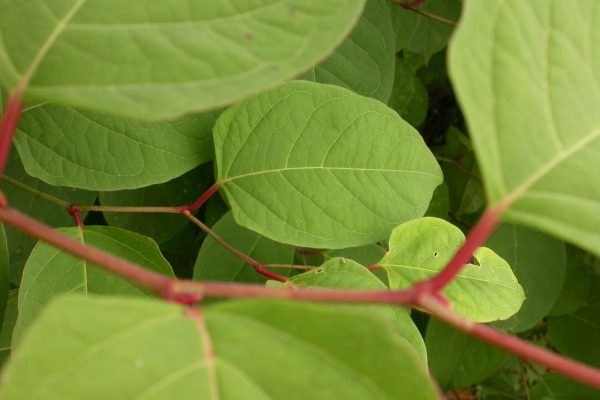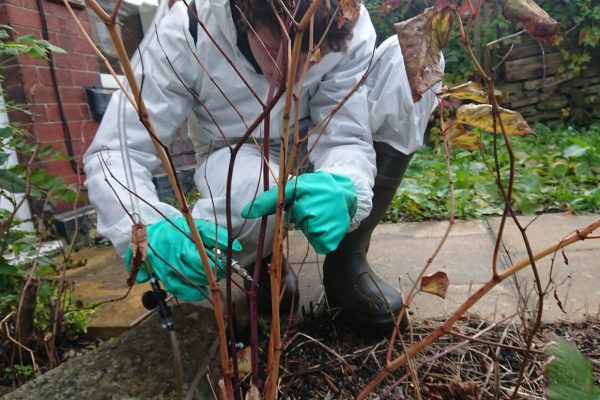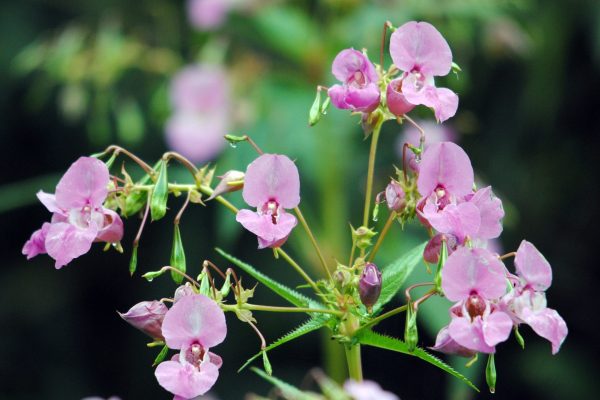Invasive Species Control
Invasive Non-Native Species are one of the biggest threats to biodiversity in the UK. They also cost the country around £2bn per year and cause serious problems for landowners.
At Wildscapes we’re experienced in working with landowners and developers to survey, create management plans and treat a number of non-native invasive species.



